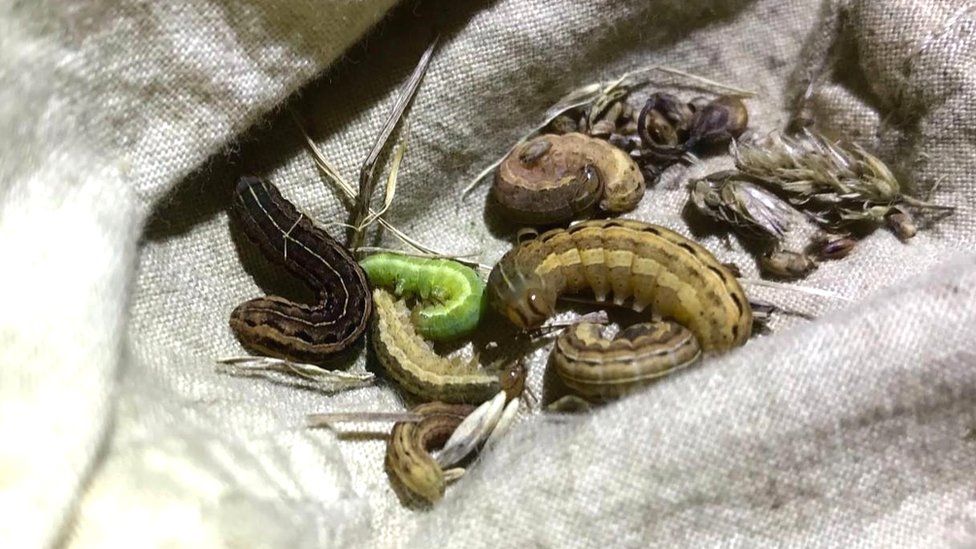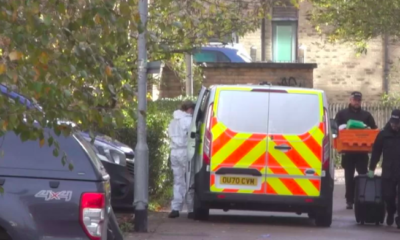
Scientists say light pollution may be contributing to “worrying” declines in insects seen in recent decades.
In a UK study, counterfeit streetlamps were found to upset the conduct of nighttime moths, decreasing caterpillars numbers significantly. Present day LED streetlamps seemed to have the greatest effect. There is developing proof that creepy crawly populaces are contracting because of any semblance of environmental change, living space misfortune and pesticides. Components are perplexing and differed, including the consistent loss of woods, heathlands, knolls and bogs, abuse of pesticides, environmental change and contamination of waterways and lakes. The utilization of counterfeit lights at evening has been proposed as one more driver of bug decrease, albeit the scale remains unclear.The scientists say their examination, distributed in Science Advances, is the most grounded proof yet that light contamination can inconveniently affect neighborhood bug populaces, with ramifications ridiculous and other untamed life that depend on caterpillars for food. “In a nearby setting we would now be able to be very sure that light contamination is significant, yet what’s less clear is in case we’re taking a gander at an entire scene,” said lead scientist Douglas Boyes of the UK Center for Ecology and Hydrology. “In case bugs are in a tough situation – as we accept they are, and have proof to help that – maybe we ought to do everything we can to diminish these negative impacts.” The scientists think streetlamps may hinder nighttime moths from laying their eggs or put the bugs in danger of being spotted and devoured by hunters like bats. Thusly, caterpillars that are brought into the world under streetlamps, especially LEDs, adjust their taking care of propensities. However, there are commonsense arrangements that don’t think twice about security, they say, incorporating darkening streetlamps in the early hours, fitting movement sensors or utilizing shading channels to remove the most hurtful frequencies. In the investigation, specialists from the cause, Butterfly Conservation, Newcastle University and the UK Center for Ecology and Hydrology reviewed caterpillars on stretches of meadow and hedgerows along the edges of streets in southern England. Every one of 26 destinations with streetlamps in Oxfordshire, Berkshire and Buckinghamshire was contrasted and a comparable stretch of dim street close by. Studies showed a decrease of caterpillars by about half in lit regions (47% decrease in hedgerows; 33% in grass edges). In a subsequent investigation, lighting rigs were set up in fields. They discovered a decrease in caterpillars under LED lights, proposing an impact on taking care of behaviour.Scientists are progressively worried about the decay of certain populaces of bugs. One logical survey of creepy crawly numbers in 2019 highlighted 40% of species going through “sensational paces of decrease” all throughout the planet. The investigation said honey bees, subterranean insects and bugs were vanishing multiple times quicker than vertebrates, birds or reptiles, while different species, like houseflies and cockroaches, were probably going to blast. The deficiency of creepy crawlies has sweeping ramifications for whole biological systems. Creepy crawlies give a food source to many birds, creatures of land and water, bats and reptiles, while plants depend on bugs for fertilization.





































































































































































































































































































































































































































































































































































































































































































































RSS